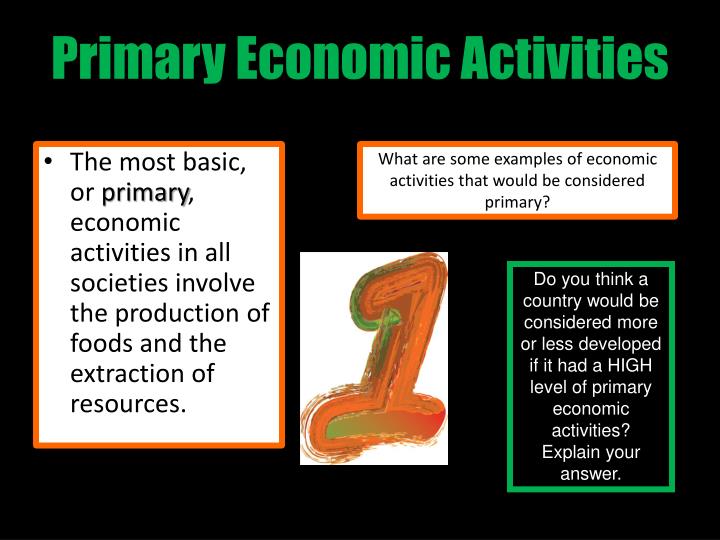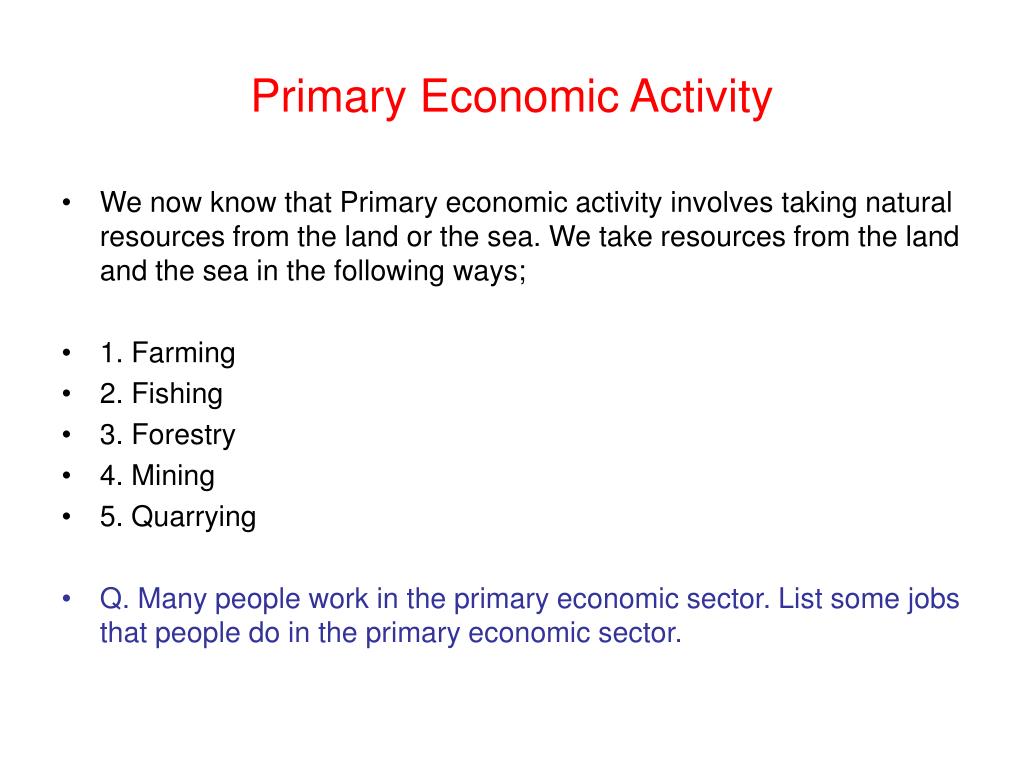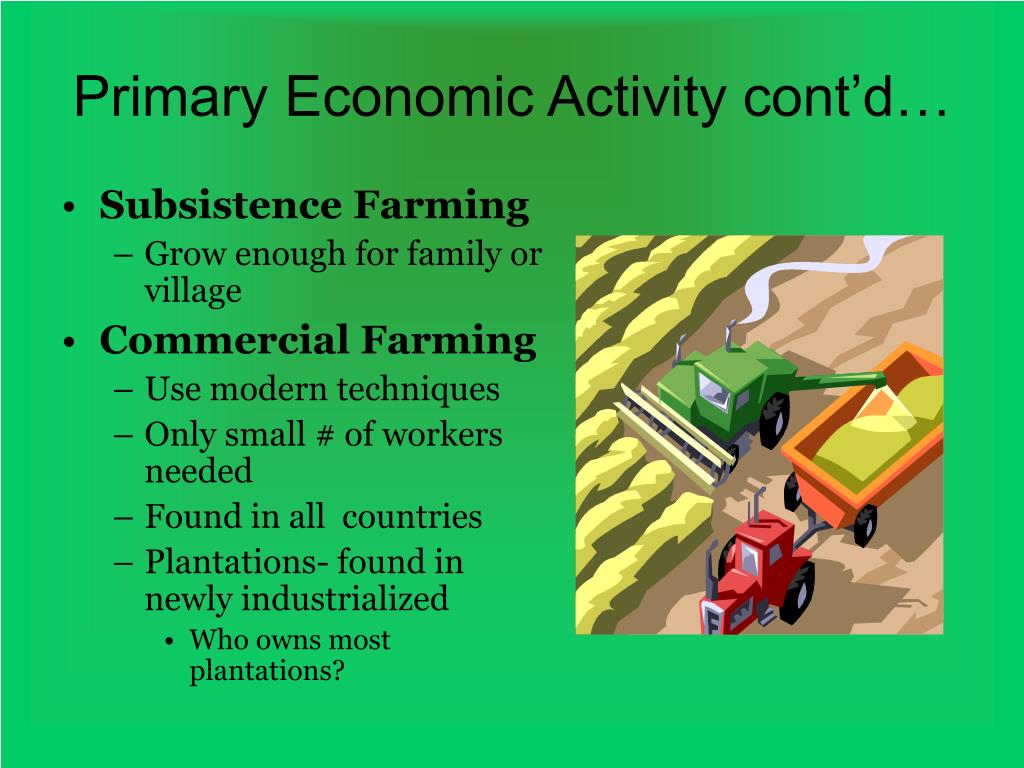

Examples include food (meat) harvesting and the collection of materials like fur and bone for the production of useful animal products. Hunting can be used for production purposes. Hunting – The practice of seeking, pursuing, or killing wildlife or feral animals.Forestry is used for producing timber, fuel wood, provision of wildlife habitats, etc. Forestry – The craft of creating, managing, planting, using, conserving and repairing forests, woodlands, and similar resources for environmental or human benefits.Examples include construction, housing, energy, paper, etc. Logging provides the raw materials used for many products. Logging – The process of cutting, processing, and moving trees to another location for transport.Fishing can be recreational, subsistence, or commercial. Fishing – The activity of catching fish.It is also used for the production of paper, plastics, glass, paint, steel, and cement. Limestone is a building block of the construction industry. Limestone mining – The extraction of limestone for further use.Modern metal mining processes involve prospecting for ore bodies, profit analysis, the extraction of desired metals, and the restoration of the land. Metal mining – The extraction of metals from the earth.Coal mining involves the use of trucks, conveyors, draglines, hydraulic jacks, and shearers.


The five economic sectors are known as the primary sector (raw materials), the secondary sector (manufacturing), the tertiary sector (services), the quaternary sector (information services), and the quinary sector (human services) (Clark, 1940 Kuznets, 1966). References What are the Five Sectors of the Economy?Įconomic activity can be divided into five main economic sectors, outlined below.


 0 kommentar(er)
0 kommentar(er)
